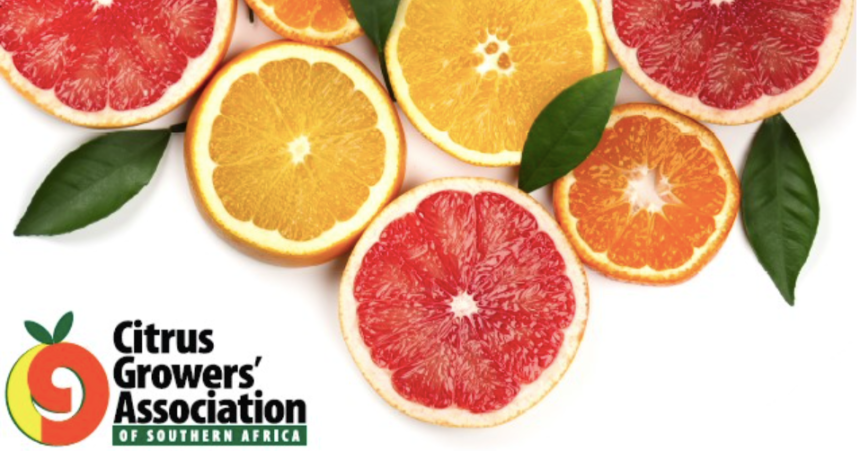The Citrus Growers Association (CGA) stands as a cornerstone of the citrus industry in Southern Africa, playing a pivotal role in representing and supporting the region’s citrus growers. Established in 1997 in response to industry deregulation, the CGA was formed to address concerns that critical functions previously managed by the Citrus Board might be neglected or discontinued. With the dissolution of the single-channel marketing system, the need for a unified voice representing citrus growers became more apparent than ever. The CGA stepped into this role, advocating for the interests of citrus growers and ensuring the continued growth and sustainability of the industry.
In this article, we delve deeper into 20 essential aspects of the Citrus Growers Association, shedding light on its functions, initiatives, and the significant impact it has on the citrus industry in Southern Africa
- Establishment: The CGA was established by citrus growers in 1997 following the deregulation of the citrus industry.
- Representation: The CGA represents approximately 1,400 growers from South Africa, Zimbabwe, and Swaziland.
- Regional Organization: Growers are organized into regions, including the Western Cape, KZN, Onderberg, Nelspruit, Limpopo, and several others.
- Advocacy: The CGA advocates for growers’ interests with various stakeholders, including government bodies, exporters, research institutions, and suppliers.
- Statutory Levy: Since 2002, all growers of export citrus pay a statutory levy administered by the CGA, with growers advising on priorities and expenditure.
- Primary Focus – Research: Research is the primary function of the CGA, carried out through Citrus Research International (CRI) located in Nelspruit.
- CRI: CRI ensures research funding is adequate and sustainable, directs research efforts, and controls research expenditure. Learn more at www.cri.co.za.
- Transformation: The CGA Grower Development Company focuses on industry transformation, receiving 20% of levies from growers. More information can be found at www.cga-gdc.org.za.
- Citrus Academy: Established in 2005, the Citrus Academy addresses skill shortages and promotes Black Economic Empowerment and land redistribution initiatives. Visit www.citrusacademy.org.za for more details.
- Logistics: Since 2009, the CGA has facilitated efficient logistics to support growers.
- Market Access: Ensuring access to lucrative markets like the USA, EU, and Far East is vital for the citrus industry, requiring high standards of fruit quality and adherence to food safety and phytosanitary requirements.
- Communication: The CGA keeps growers informed through bulk emails, the website, the South African Fruit Journal, the bi-annual Citrus Summit, roadshows, and personal contact.
- SA Fruit Journal: This bi-monthly magazine, co-owned by various fruit associations, is sent to all growers of export citrus. Download publications at www.safj.co.za.
- Advertising: Companies can advertise in the SA Fruit Journal by contacting Ignatius Vlok at sales@safj.co.za.
- Research Symposia and Grower Days: These events, including the bi-annual Citrus Summit, provide valuable opportunities for grower engagement and knowledge sharing.
- Transformation Publications: Since 2005, the CGA has released several publications focusing on transformation, including “Our Citrus Transforms,” “Women in Citrus,” “Youth in Citrus,” and “New Stories of South African Citrus.”
- Annual General Meeting: Held in August each year, the AGM is open to all growers, who can join virtually.
- Global Partnerships: The CGA works with international partners to promote and sustain the citrus industry.
- Support for Disadvantaged Farmers: The CGA has directors representing previously disadvantaged farmers in the Northern and Southern regions.
- Contact Information:
- Tel: 031-7652514
- Fax: 031-7658029
- Email: justchad@iafrica.com / justchad@cga.co.za / tanya@cga.co.za
- Website: www.cga.co.za
The CGA remains dedicated to advancing the citrus industry through research, advocacy, and support for its growers, ensuring the industry’s continued growth and success.
Join 'Farmers Mag' WhatsApp Channel
Get the latest Farming news and tips delivered straight to your WhatsApp
CLICK HERE TO JOIN






